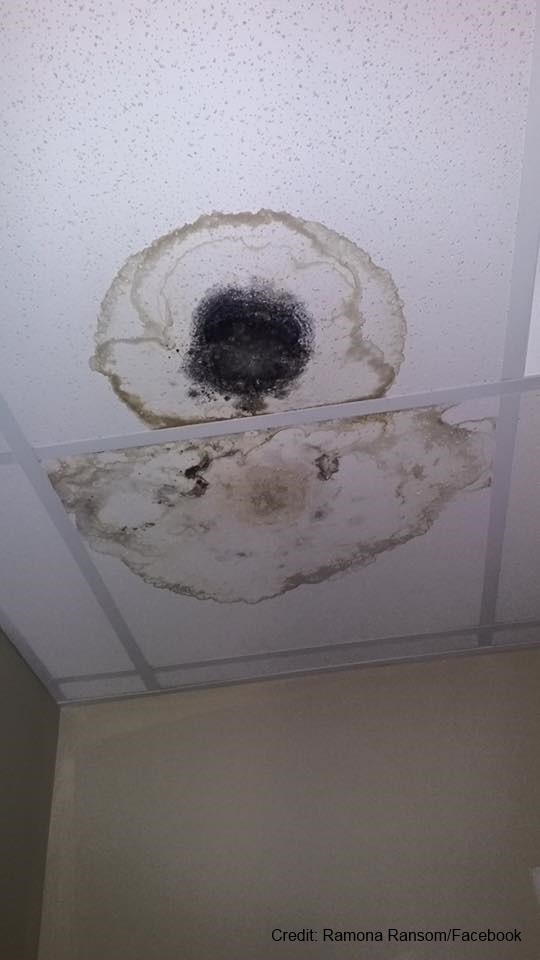Despite living in nine different towns in four different states throughout my life, I’ve always considered myself a Michigander, from the Detroit area. I get looks from people when I tell them that because, let’s face it, the image of Detroit isn’t a friendly one in the eyes of most people, and news headlines don't help. Still, living within an hour of the city limits for my high school years and again today, it seems easiest to geographically identify Detroit as home base.
All of that background leads me to say that when teachers started staging “sick outs” over the last few months at Detroit Public Schools, I was saddened for the students, and the teachers. Then the reasons behind the sick outs started to surface more clearly every day, with photos supporting the claims. The cash-strapped, flat-out-broke public school system has some school buildings with pretty serious issues – some of which could be potentially harmful to the students, teachers and other faculty inside.
Some of the classrooms have black mold and exposed asbestos. Many schools have problems with water damage and leaks, undoubtedly leading to even more mold problems. Rats and roaches run through some of the halls, floors are so warped they form waves, and truly the list goes on and on. You can see the full list of issues and latest inspection reports by clicking here. It’s hard to imagine any child having to try to learn in these conditions, or any teacher effectively having control of their classroom and the minds of their students.
According to state law in Michigan, any asbestos containment (or lead) efforts are regulated, and must be done by licensed contractors. For mold, that is not the case here as it is in states like New York.
Because there aren’t laws dictating mold in these schools be properly removed, there is no telling what could happen from here or if the district will bring in a local professional. Based on my previous experience, it’s unlikely that will happen. As everyone reading this well knows, sending in a school janitor to try to remediate black mold likely is not going to produce the same result, or even close, to what a skilled remediator could achieve. But, the district is seeing dollar signs – not potential medical bills or larger remediation bills down the road when the mold problems grow exponentially.
If the city tries to handle the mold issues itself, it won’t be the first time. Last fall I made a number of calls to the City of Detroit to find out what contractor was handling a major black mold problem inside one of its fire houses. We are talking about mold that was so severe that Ladder 14 taped a sign to a door warning people not to enter. Plus, according to Fox 2 News, two medics were sent home sick because the conditions were making them sick. You can read the full story here.
As an industry newbie, I assumed a local restoration contractor would be called in to help – and I hoped to learn more about the process from that company. Do you know the answer I received after dozens of phone calls and days of trying to track people down? The city was handling it internally. They did tell Fox 2 they brought in a local abatement contractor to do testing, and mold was present – but it wasn’t black mold, and it wasn’t dangerous. Insert your own opinions here. The city said the remediation process was starting immediately, but apparently found asbestos and lead paint in the process, so what happened after that, well, I have no idea.
Okay, I'm stepping off my soapbox now, and asking you to step on up instead. To experience restorers and remediators out there reading this, help educate me! What are the laws in your state regarding mold remediation? Would your local public school system try to handle these problems themselves? And do you think the mold at the fire station was probably no big deal, or did it require more serious steps than the city took?

